The Pros and Cons of Homeschool Standardized Testing

This was our last week of full-time school before we slide (or jump excitedly) into our relaxed summer school schedule. So that meant completing standardized tests this week. In Maine we have two options for fulfilling our state homeschool requirements: obtain a portfolio review from a certified teacher or complete standardized tests.
Why do I choose standardized tests over the portfolio review?
The portfolio review would be easy for me because we love notebooking and keep up with our binders all year long. So, other than grabbing anything still up on the art wall or in my basket waiting to be filed I’d just grab their binders and go. So why in heaven’s name would I go through the pain and suffering of this week? Most other homeschoolers I know look at me like I have three heads when I say I choose the testing option. I weighed the pros and cons and decided that standardized testing is a good option for us.
The Pros of Standardized Testing
Standardized tests give my children test taking practice. I don’t give any multiple choice tests in our homeschool. In fact, other than Teaching Textbook’s quizzes our only “tests” are discussions and narration. But tests are something they’ll be facing at some point, and the ability to look over the answers and narrow them down, especially if you aren’t sure of the answer immediately is a helpful skill. From tests to obtain their driver’s permit to SATs to some jobs (like my previous life as a nurse) they will take tests in life.
Standardized tests give me information. I fully understand that my children are not a number and that our home education can’t be culled down to a list of multiple choice questions. Those test scores don’t tell the whole story of the people my children are and the diverse and deep interests they hold. That being said, I can spot weak areas and decide if I need to address them. Usually I know which areas we need to work on but this is simply an extra piece of information I can use in my planning.
The Cons of Standardized Testing
This is certainly the least fun week of our whole year. Nobody enjoys it, and by Wednesday evening we could all sense the pent up frustration of a crappy week. But even this fact has its silver lining: it sure makes us all appreciate our normal activities. Bring on the great books, art projects, classical music and poetry.
I can see how public school teachers could be pressured to “teach to the test.” It takes self control to stay focused on what really matters and not use the information to the detriment of my core values. It would be counterproductive to my personal goals to focus solely on my seven year old’s test scores at the expense of time spent immersed in history, engaged with nature, lost in classic literature or meeting the masters in art and music.
Testing at Home Versus a Testing Center
I administer the tests to my children at home. There are pros and cons to testing at home versus bringing them to a testing center or public school. On the negative side, it isn’t any more fun for me than it is for them. It can be painful to watch them on any sections where they struggle, if I believe the wording is confusing, or if I think the story I’m reading to them is drivel that I can barely pay attention to.
On the plus side, instead of just the number I see exactly which questions they get wrong–again, information for me to use as I see fit. I know the reasons behind their scores.
There are big pluses for my children. They are working in the comfort of their home and aren’t distracted by other students. I can work around their best schedules–my son works best early in the day so I was sure to administer his testing in the morning. Lastly it is efficient: if they are done we close the booklet and move on, and conversely if they take longer they aren’t pressured by seeing others finish.
The How of Standardized Testing in our Homeschool
So on to the nitty-gritty details of how we test. I registered as a tester with BJU testing, a simple process as long as you have a bachelor’s degree. I chose the Stanford Achievement Tests (abbreviated SAT–ha ha!) after research because they appeared to provide me with the most detailed information. I ordered the tests well in advance of our testing date. In the spring they take 6-8 weeks to be delivered so be prepared.
We set aside the whole week for testing. I can only test one child at a time, so we set up “testing central” in our schoolroom and while I test one child the other child must play quietly elsewhere. After each child completes one test that takes from 20-50 minutes we take a break that involves food and fun! A snack and a bike ride leaves everyone ready for more. Two tests completed for each child each day and we’re done. I don’t have them do any other “school” work, though this doesn’t mean they aren’t learning! This week we attended a play, read aloud, practiced piano, wrote letters, and put on puppet shows.
So that’s the long story. In short, yes I test my kids–even though it makes for a tiring week and you can’t put numbers on their education. I take the information and attempt to use it wisely and they get practice in a skill that will occasionally benefit them. Now on to summer vacation!
Thank you to the wonderful hostesses with fun link-ups on Fridays. Be sure to join the fun and see what other homeschoolers are up to!











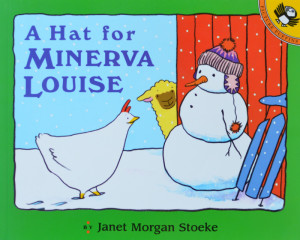

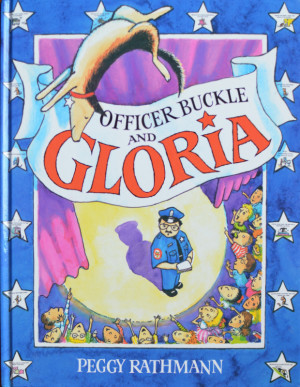
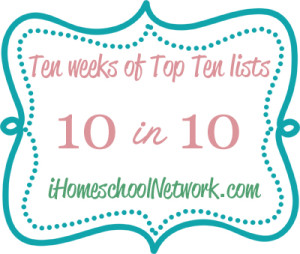
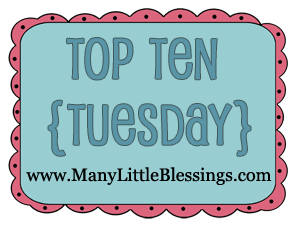







 *In case you’re wondering, that notebook page is a freebie from
*In case you’re wondering, that notebook page is a freebie from 
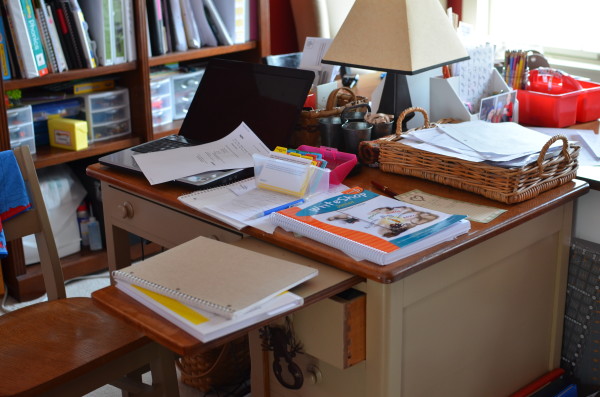


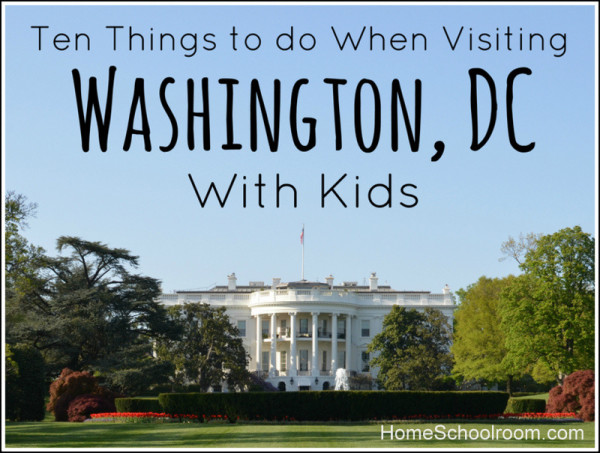


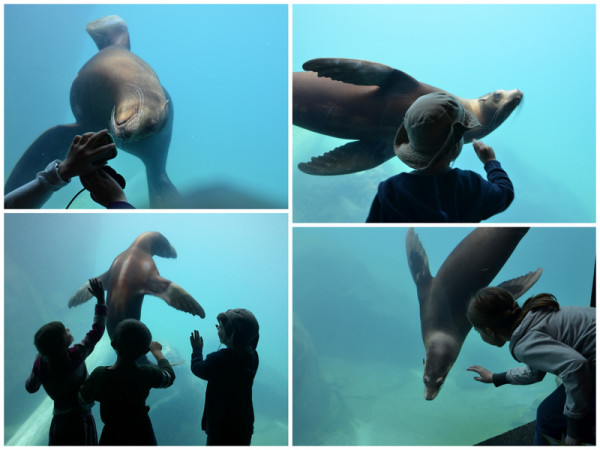












 Hi, I'm Heidi and I homeschool my two sweet kids. I want them to know that learning is an exciting lifelong adventure! We love great books, unit studies, notebooking, lapbooking, and hands-on learning.
Hi, I'm Heidi and I homeschool my two sweet kids. I want them to know that learning is an exciting lifelong adventure! We love great books, unit studies, notebooking, lapbooking, and hands-on learning.



